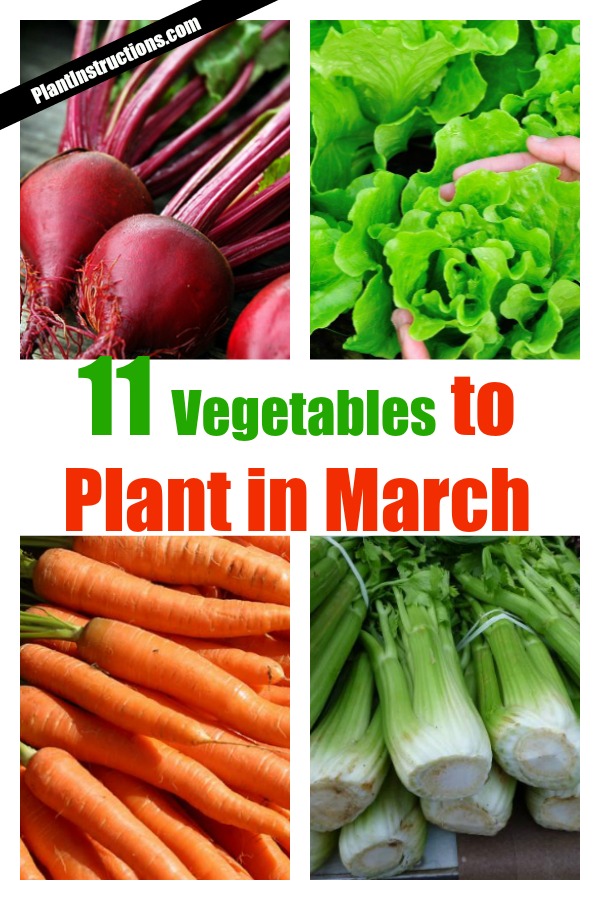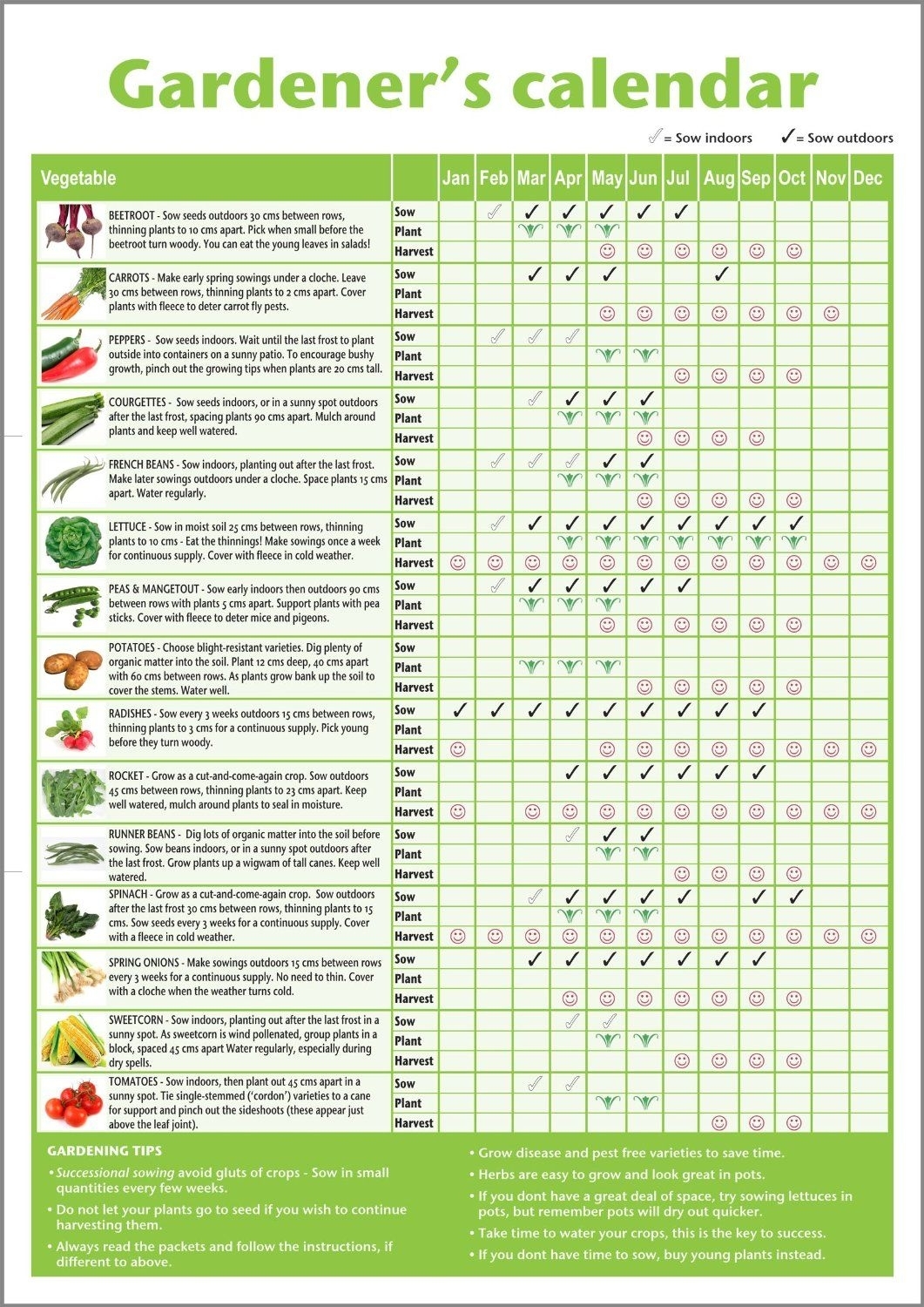Why March is the Perfect Time to Start Planting
March marks the beginning of spring, and with it, the ideal time to start planting vegetables. The mild weather, increased daylight, and gentle rainfall create a perfect environment for seeds to germinate and grow. By planting in March, gardeners can get a head start on the growing season, allowing their vegetables to mature before the hot summer weather sets in. This early start also enables gardeners to harvest their crops before pests and diseases become a problem. Moreover, planting in March allows for a longer harvest period, as the cooler temperatures slow down the growth of vegetables, making them last longer. So, what vegetables to plant in March? The key is to choose varieties that thrive in the cooler temperatures and moisture levels of early spring. By doing so, gardeners can enjoy a bountiful harvest and make the most of their garden’s potential.
Understanding Your Climate: Selecting Vegetables for Your Region
When it comes to planting vegetables in March, it’s essential to consider your local climate and region. Different areas have unique weather patterns, temperature fluctuations, and soil compositions that can affect the growth and success of your vegetables. To ensure a bountiful harvest, it’s crucial to select vegetables that thrive in your specific climate zone. One way to determine your hardiness zone is to check the USDA’s Plant Hardiness Zone Map, which divides North America into 11 zones based on average annual extreme minimum temperatures. By knowing your hardiness zone, you can choose vegetables that are suitable for your region and plant them at the right time. For example, if you live in a cooler climate, you may want to plant broccoli, kale, or spinach, which tolerate frost and cooler temperatures. On the other hand, if you live in a warmer climate, you may want to plant vegetables like carrots or peas, which prefer milder winters. By understanding your climate and selecting the right vegetables, you can increase your chances of a successful harvest and enjoy a delicious crop of fresh, homegrown produce. So, what vegetables to plant in March? The answer lies in choosing varieties that are specifically suited to your region’s climate and growing conditions.
How to Prepare Your Soil for a Bountiful Harvest
Before planting vegetables in March, it’s essential to prepare your soil for a successful harvest. Soil health is critical for plant growth, and a well-prepared soil can make all the difference in the quality and quantity of your harvest. One of the most important steps in preparing your soil is to remove any debris, such as rocks, weeds, and dead plant material, that can hinder plant growth. Next, add organic matter like compost or well-rotted manure to improve soil structure and fertility. Composting can help to break down nutrients and make them available to your plants, while also improving soil drainage and aeration. Fertilizing your soil with a balanced fertilizer can also provide essential nutrients for your plants to grow. Additionally, consider testing your soil pH and adjusting it if necessary, as different vegetables have specific pH requirements. For example, broccoli and kale prefer a slightly acidic to neutral soil pH, while carrots and peas prefer a more neutral to slightly alkaline soil pH. By preparing your soil properly, you can create an ideal environment for your vegetables to thrive and increase your chances of a bountiful harvest. So, what vegetables to plant in March? With a well-prepared soil, you can confidently plant a variety of vegetables that will flourish in the spring season.
Top 5 Vegetables to Plant in March for a Spring Harvest
When it comes to deciding what vegetables to plant in March, it’s essential to choose varieties that thrive in the spring season. Here are the top 5 vegetables to plant in March, along with their growing requirements and benefits. Broccoli, a cool-season crop, prefers well-draining soil and partial shade. It’s an excellent source of vitamins and antioxidants, making it a great addition to any spring garden. Kale, another cool-season crop, is easy to grow and can tolerate light frosts. It’s rich in vitamins and minerals, making it a nutritious addition to salads and smoothies. Spinach, a fast-growing crop, prefers well-draining soil and partial shade. It’s packed with iron and vitamins, making it a great addition to omelets and salads. Carrots, a cool-season crop, prefer well-draining soil and full sun. They’re rich in vitamins and antioxidants, making them a great snack or addition to salads. Peas, a cool-season crop, prefer well-draining soil and partial shade. They’re a great source of protein and fiber, making them a nutritious addition to stir-fries and salads. By planting these top 5 vegetables in March, you can enjoy a bountiful spring harvest and reap the benefits of fresh, homegrown produce. So, what vegetables to plant in March? With these top 5 vegetables, you can’t go wrong!
Planting Techniques for Maximum Yield
When it comes to planting the top 5 vegetables in March, proper techniques are crucial for a bountiful harvest. Here are some expert tips to ensure maximum yield for each of the top 5 vegetables. For broccoli, plant seeds 1-2 inches deep and 2-3 inches apart in well-draining soil. Water regularly, but avoid overwatering, which can lead to root rot. For kale, plant seeds 1/4 inch deep and 2-3 inches apart in well-draining soil. Provide partial shade and keep the soil consistently moist. For spinach, plant seeds 1/8 inch deep and 2-3 inches apart in well-draining soil. Water regularly, but avoid overwatering, which can lead to bolting. For carrots, plant seeds 1/4 inch deep and 1-2 inches apart in well-draining soil. Thin seedlings to 2-3 inches apart to prevent overcrowding. For peas, plant seeds 1-2 inches deep and 2-3 inches apart in well-draining soil. Provide a trellis or other support for climbing peas. By following these expert planting techniques, you can ensure a maximum yield for your March harvest. Remember, what vegetables to plant in March is just the first step – proper planting techniques are essential for a successful harvest.
Common Mistakes to Avoid When Planting in March
When it comes to planting vegetables in March, there are several common mistakes that gardeners can make. By being aware of these mistakes, you can avoid them and ensure a successful harvest. One common mistake is planting too early or too late. Make sure to check the average last frost date for your area and wait until the soil has warmed up to at least 40°F (4°C) before planting. Another mistake is not providing adequate support for climbing plants like peas and broccoli. Make sure to provide a trellis or other support system to help these plants grow vertically. Additionally, failing to prepare the soil properly can lead to poor growth and low yields. Make sure to test your soil pH and nutrient levels, and amend the soil as necessary. Finally, not providing enough space between plants can lead to overcrowding and disease. Make sure to follow the recommended spacing guidelines for each vegetable variety. By avoiding these common mistakes, you can ensure a healthy and productive harvest. Remember, what vegetables to plant in March is just the first step – proper planning and execution are essential for a successful harvest.
Tips for Caring for Your Vegetables After Planting
After planting your vegetables in March, proper care is essential to ensure a healthy and bountiful harvest. One of the most critical aspects of caring for your vegetables is watering. Make sure to provide consistent moisture, especially during the first few weeks after planting. Aim to provide about 1-2 inches of water per week, either through rainfall or irrigation. Fertilizing is also crucial for promoting healthy growth. Use a balanced fertilizer that is high in nitrogen, phosphorus, and potassium to promote leaf growth, root development, and fruiting. Additionally, keep an eye out for pests and diseases that can damage your crops. Use organic or integrated pest management techniques to control any issues that arise. Regular maintenance is also essential for a healthy harvest. Keep your garden beds weed-free, and mulch around plants to retain moisture and suppress weeds. By following these tips, you can ensure that your vegetables receive the care they need to thrive. Remember, what vegetables to plant in March is just the beginning – proper care and maintenance are essential for a successful harvest.
Getting the Most Out of Your March Harvest
After weeks of nurturing your vegetables, the moment of truth arrives – harvest time Enjoying the fruits of your labor is one of the most rewarding aspects of gardening. When it comes to getting the most out of your March harvest, there are several ways to make the most of your bounty. One of the best ways to enjoy your harvest is to try new recipes that showcase your fresh vegetables. For example, try roasting your broccoli and carrots with some olive oil and seasoning for a delicious side dish. You can also use your kale and spinach to make a healthy and refreshing smoothie. In addition to enjoying your harvest fresh, consider preserving some of your vegetables through canning, freezing, or dehydrating. This will allow you to enjoy your March harvest throughout the year. Finally, consider sharing your bounty with friends and family, or donating to a local food bank or soup kitchen. Sharing your harvest with others is a great way to build community and spread the joy of gardening. By following these tips, you can get the most out of your March harvest and enjoy the satisfaction of knowing that you grew it yourself. Remember, what vegetables to plant in March is just the beginning – enjoying the harvest is the ultimate reward.








